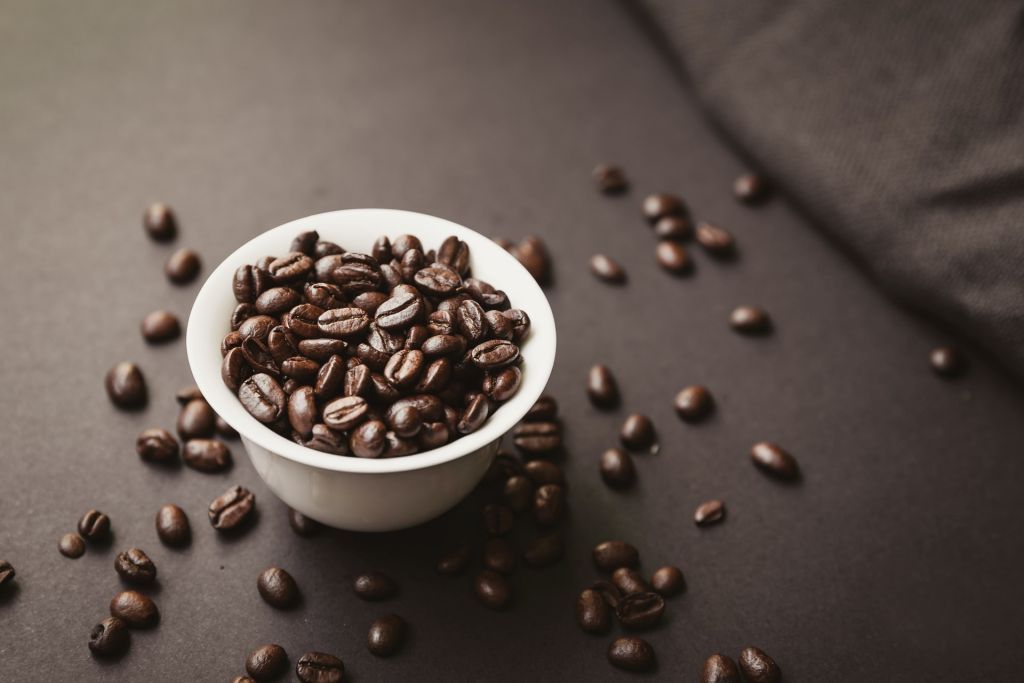Coffee is one of the most popular drinks in the world. There are three main types of grains such as Liberica, Robusta, and Arabica.
On the one hand, this means that your coffee can have no more than three flavors. But this is not the case. The country where the grains were grown plays a huge role. This affects the flavor, strength, and overall consistency of the drink. Let’s take a look at the main differences between coffee beans from different countries.
Vietnam
Due to its tropical climate and plenty of rainfall, Vietnamese Robusta is very strong. At the same time, a slightly tart and mild aftertaste is a signature feature of the local coffee. It should be noted that Vietnam is one of the largest exporters of coffee. Local companies produce a fairly strong roast, making this coffee best suited for espresso fans.
Ethiopia
Ethiopia is considered the birthplace of coffee and one of the largest Arabica producers. The plantations’ main part is planted with sorts of coffee, which has a mild and delicate aroma. Due to many sunny days, the ground grains have a pleasant astringency and a characteristic slightly vanilla smell. Even the relatively cheap varieties from this country are tasty enough that you should try them.
Peru
Let’s talk about the Peruvian coffee best in the world varieties. This country is one of the key producers of Robusta and Arabica. Because coffee grows on the mountains’ slopes, it gets a dark rich color and tastes with hints of spices. Climate features allow growing grain for almost a whole year. If you want a more astringent coffee, then you should look for coffee made in the fall. Summer varieties are softer and have a delicate aftertaste.
Indonesia
This country produces many varieties of coffee. The hallmark of Indonesian beans is a slight acidity and fruity notes. Besides, this is the homeland of the most expensive Luwak variety. If you are looking for a soft and aromatic drink with a slight acidity, then you should choose Indonesian coffee. Nevertheless, quite strong and tart varieties are grown here, suitable for those who want to cheer up in the morning.
Brazil
Brazilian coffee is distinguished by its delicate sourness and light nutty flavor. Some varieties from the southern part of the country have a chocolate flavor with a slight bitterness and a tart aftertaste. But the Brazilian varieties do not have a strong sour note. Most varieties are quite mild and not contraindicated for people with health problems. The country mainly specializes in Arabica, but the northern regions are known precisely for Robusta with cinnamon and fruity notes.
India
Many people mistakenly think that only tea is grown in India. But this country is a large exporter of coffee. You can mostly buy Indian Arabica. Robusta is grown in the eastern regions and is mostly not sold in other countries. A characteristic feature of Indian coffee is its mild sweetish taste with very mild acidity. It is enough to choose top rated coffee makers under 100 to enjoy a hot drink’s consistency fully. Some local bean varieties also have a chocolate flavor.
Uganda
Uganda is also a key player in the coffee world. The main feature of the local beans is the slight acidity and taste of milk chocolate. Also, local coffee has a fruity aroma and a long milky aftertaste. Such a drink will be especially relevant for children and those who do not like excessive strength and astringency.
Colombia
Colombia is the first association that people have when someone talks about coffee. This country has created many types of grains. Most of them have a cocoa flavor and a light fruity aftertaste. Distinct sourness and mild, balanced flavor are recognized as the benchmark for quality. Some grains have sugarcane, caramel, or chocolate flavor. Also, local producers use a unique step-by-step roasting technology, as a result of which coffee beans have a richer and more balanced taste.
Tanzania
Tanzanian coffee has a berry aftertaste and milky notes. Southern varieties have a more floral aroma and a richer consistency during the preparation of the drink. Northern varieties are more tart and have a sour cinnamon flavor. Because coffee grows on volcanic soil, the beans acquire a slight wine acidity and a darker shade.
Final Words
As you can see, climate plays an important role in shaping the taste of coffee beans. Soil type and rainfall are also important. When choosing coffee from a specific country, you should focus on acidity, strength, aroma, and aftertaste. Bolivia and Colombia are renowned for their balanced varieties. At the same time, there are exotic options from Indonesia and Peru. The warmer the country’s climate, the more fruity and floral aromas you will get. Also, southern varieties have a sweeter flavor. This is typical of African coffee.












